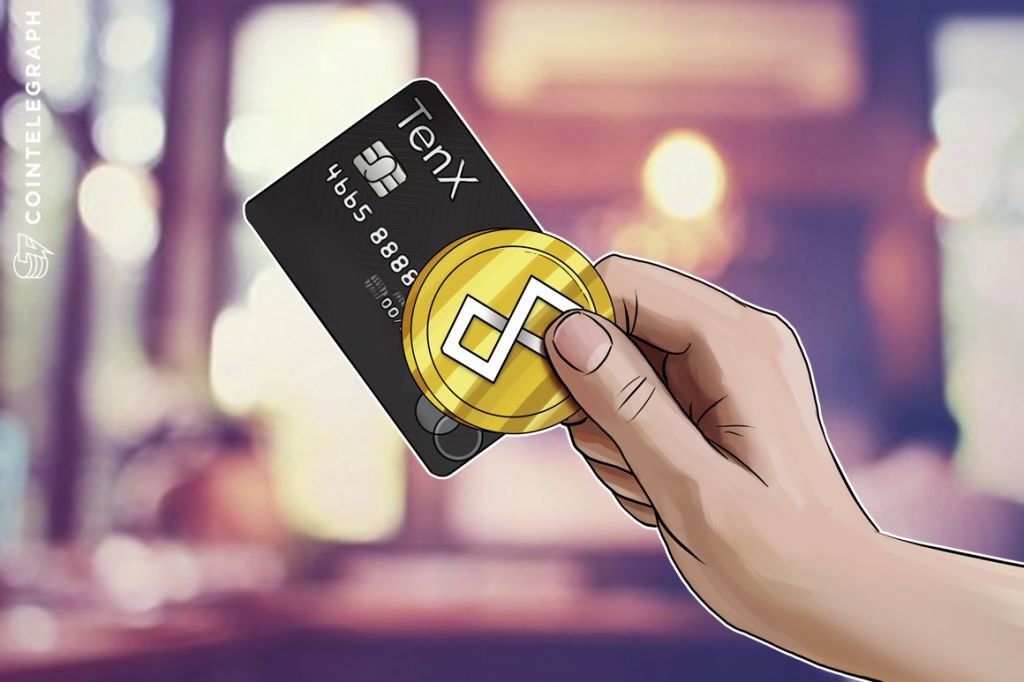
1. What are cryptocurrency debit cards?
They are plastic cards, similar to your everyday bank card, but you can deposit cryptocurrencies on them.
Cryptocurrency debit cards are a relatively recent development in the Blockchain world. They were invented to solve the problem of using digital coins for day-to-day expenses. Obviously, you can’t just go to your nearest grocery store and pay for your shopping list with Bitcoins, not yet at least.
This is very inconvenient because it introduces an additional difficulty of searching for a place to exchange your cryptocurrencies to fiat money before you can actually start spending them. There have been several proposed ways to make cryptocurrency spending a more direct process and plastic cards are one of them.
2. What are the solutions for cryptocurrency spending?
The primary two are point-of-sale terminals and plastic cards.
Point-of-sale terminals are one of the proposed solutions. This is a piece of hardware installed at a shop, which interacts with a mobile wallet app on your phone and withdraws your cryptocurrency to make a purchase. However, they require a merchant to actively take interest in accepting digital currency payments and pay some money upfront for installing a terminal. As such, this approach is not easy to scale.
Plastic cards are a different, arguably better, solution. They take advantage of the existing Visa/MasterCard infrastructure - bank card terminals are already an available payment option in millions of shops around the world. Such cards don’t require the merchant to do anything. In fact, the cashier might not even know that you’re paying with a cryptocurrency because it’s seamlessly converted into the respective fiat currency by the card provider.
3. What types of cards are there?
Prepaid cards and debit cards, mainly.
The first option is a bit outdated by today’s standards. You pay a provider a certain amount of Bitcoins or some other cryptocurrency, and they send you a prepaid Visa/MasterCard with the equivalent amount of fiat money. After that, it works like any old debit card you can get at the nearest bank.
A more recent development is a debit card with an automated exchange system in the background. They allow you to deposit your cryptocurrency directly, via a web app. When the time of purchase comes, the card provider handles the process of converting your digital coins into the necessary fiat currency on the spot. From the merchant’s point of view, these are the same as prepaid or regular bank cards. However, they spare the user the need to exchange money - you simply deposit your Bitcoins or Ether and you’re good to go.
4. Where can I get one?
The providers of cryptocurrency debit cards are online companies with different backgrounds.
A simple online search will net you several key providers of cryptocurrency debit cards. By going to their websites, you will be able to order yourself one. This technology is on the verge of the digital and real world and is heavily regulated by governments worldwide.
Because of that, they almost always require you to undergo some sort of identity verification, submitting some sort of ID proof. Other than that, in addition to a small upfront payment, they are really easy to get.
5. If they’re so good, why aren’t they immensely popular?
It has more to do with the technology of cryptocurrency itself - confirmation times and transaction fees, in particular.
It’s true that the technology of cryptocurrency debit cards has been here for a while. You might be thinking: “if they make digital currencies so easy to spend and can be easily bought, why aren’t they much more popular?”
One of the primary, if not the main barriers to higher adoption is cryptocurrencies themselves. Bitcoin transactions have a 10 minute confirmation period on average. The fees are also significant, unlike in the old times, and are only getting higher. These two factors combined make Bitcoin payments barely suitable for small, everyday purchases - plastic card or not.
Some other currencies, such as Ethereum, have faster confirmation times and lower fees, but they’ve started getting popular quite recently. In fact, some of the cards were released before Ethereum entered the market.
6. Are there cards that support altcoins?
Yes, recently some cards have started appearing on the market and they allow you to deposit currencies other than Bitcoin.
TenX, for example, is a young project with an already working card that can be topped up with Ethereum and Dash, in addition to Bitcoin. Both these coins have much faster confirmation times and much lower transaction fees than BTC does.
In fact, TenX’s own technology COMIT (Cryptographically-secure Off-chain Multi-asset Instant Transaction) makes the system capable of accepting deposits in any cryptocurrency tokens that conform to a small number of requirements, such as having double-spend protection and multisig wallets.
With technologies like this, paying for a Big Mac at any McDonald’s using a cryptocurrency of your choice may actually be easier than you think:
